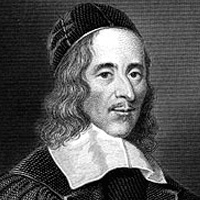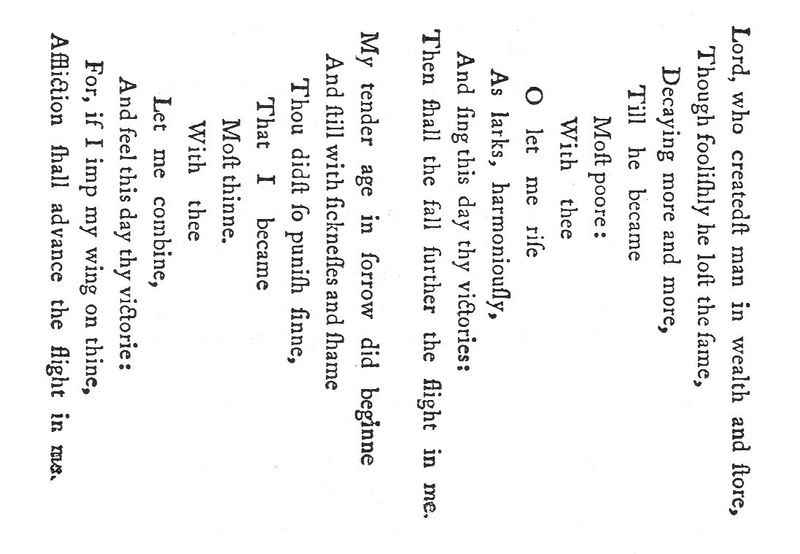George Herbert - Biography and Works
George Herbert was an English poet born in Welsh, also known as the orator, Anglican priest, devotional lyricist, and broadly significant figure in his era who died early at the age of 39. As he was born in a rich family of Sir Richard Herbert and mother Magdalen, he was admitted in Trinity College, Cambridge in 1609 to become a priest, but he developed himself as the public orator.

George Herbert (1593-1633)
He earned his bachelor's degree in 1613 and his master's degree in 1616. He was noticed by the King James I and appointed in the Parliament of England, where he worked for two years. After the death of King James I, he resigned from the parliament and joined the Church of England for the holy orders. From there he served the ill and the needy people with food and clothing. He was so much caring and loving towards his people in the worship that Henry Vaughan called him ‘the most glorious saint and seer.’
George Herbert wrote poems not in English, but also in Latin and Greek. His all the poems were published in The Temple: Sacred and Private Ejaculations in 1633. His almost all the English poems are religious and have an original use of conceits. For instance, in ‘The Window’ he compares the holy preacher to a transparent glass through which almighty God’s light shines more vibrantly. His poems are rich in visual form with different line length so as to convey the intended meanings. One example is ‘Easter Wings’ which is written in a way that it represents the wings.

Poem written in Easter Wings Pattern by George Herbert
He also wrote prose and his only prose is A Priest to the Temple, which deals with the practical advices to the rustic priesthood. He was fond of collecting proverbs, so he collected more than 1000 sayings and published in Outlandish Proverbs. He is widely praised for his devotional hymns. More than ninety poems of Herbert are set for the purpose of singing. Some were adopted for the Methodist hymn and many others were translated into Spanish, German music. Even modern leading composers now have been adopting his lyrics.
He is one of the leading figures of metaphysical poetry. His religious poems are laden with farfetched conflicting ideas, also known as the extended metaphor. He himself admitted that his writings ‘they are a picture of spiritual conflicts between God and my soul before I could subject my will to Jesus, my Master.’
